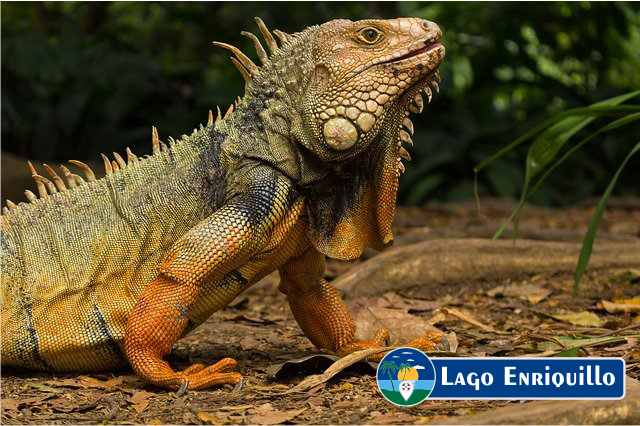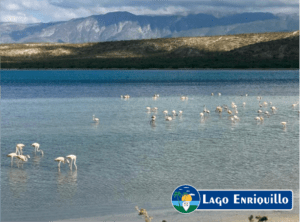
Enriquillo Lake is the largest natural water reserve in the Dominican Republic and in all the Antilles as a whole, with a surface area of 265 km², although its area is not constant, it is a wonderful place.
The historical trend is to decrease because the waters that feed it are being used in agriculture and consumption in the cities, while evaporation is constant, the depth of the lake bottom is variable.
It is the remains of an old marine channel that linked the bays of Neiba and Puerto Principe in the Dominican Republic. Its waters are shared between the Independencia and Bahoruco provinces. It is part of the Enriquillo Lake and Cabritos Island National Park and the Jaragua-Bahoruco-Enriquillo Biosphere Reserve.
Enriquillo Lake has become an important tourist destination, both for national and foreign tourism. Most of those who visit La Azufrada only spend one day. To visit Isla Cabritos it is necessary to arrive at La Azufrada early in the morning because after noon the waves are very strong.
The temperature throughout the area is relatively high, ranging from 27 degrees Celsius to 28 °C, even reaching 36 °C. Precipitation is low as the lake is in a dry area. The average annual rainfall is 500 mm, concentrated in two seasons: May-June-September-October-December-January-July and August.

Its fauna is very diverse and interesting, especially reptiles and birds. Among the birds, one of the most striking is the flamingo. Among the reptiles are the two species of iguanas: the rhinoceros iguana (Cyclura cornuta) and Ricord’s iguana (Cyclura ricordi). There is also the American crocodile whose population in the lake is already one of the largest in the world in the wild. It is an endangered species in the country, with only this population remaining and the others having disappeared. It feeds on fish such as tilapia (an introduced species).
The vegetation of the surroundings and of the islands is typical of dry forest, except in some places where mangroves are common. Cacti are common as well as guayacán (Guaiacum officinale), bayahonda or cambrón (Prosopis juliflora) and others. An important species is the saona (Ziziphus rignonii) since its fruits are eaten by iguanas.
To learn more about other interesting places in the Dominican Republic, follow us at visitadominicana.com
